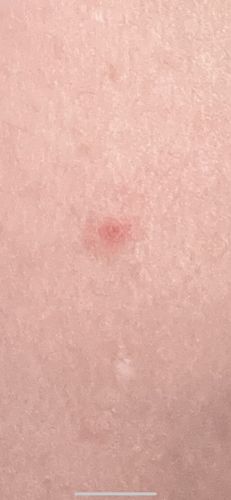Mosquito
Scientific Name: Culicidae
Order & Family: Diptera, Culicidae
Size: 3 mm to 10 mm (0.12 to 0.4 inches)

Natural Habitat
Mosquitoes are found virtually worldwide, adapted to various environments from tropical to temperate regions. They require standing water for their larvae to develop, so they are common near ponds, swamps, marshes, stagnant ditches, and even small containers of water around human habitations.
Diet & Feeding
Female mosquitoes feed on blood from humans and other animals (mammals, birds, reptiles, amphibians) to obtain proteins and nutrients necessary for egg development. Both male and female mosquitoes also feed on nectar and other plant juices for sugar, which provides energy.
Behavior Patterns
Mosquitoes are most active during dawn and dusk, though some species bite during the day. They locate hosts using cues like carbon dioxide, body heat, and odors. Females lay eggs individually or in rafts on the surface of water, or in areas that are flood-prone. The life cycle typically includes egg, larva, pupa (all aquatic), and adult stages.
Risks & Benefits
Risks: Mosquitoes are significant vectors for numerous diseases worldwide, including malaria, dengue fever, Zika virus, West Nile virus, chikungunya, and yellow fever, leading to millions of deaths and illnesses annually. Their bites can also cause itchy welts and allergic reactions. Benefits: Mosquitoes play a role in food webs as food for other animals (e.g., bats, birds, fish, dragonflies) and male mosquitoes contribute to pollination of some plants.
Identified on: 9/9/2025